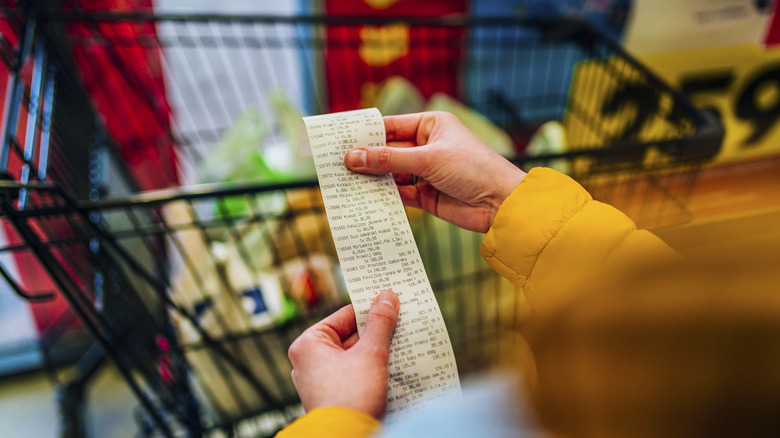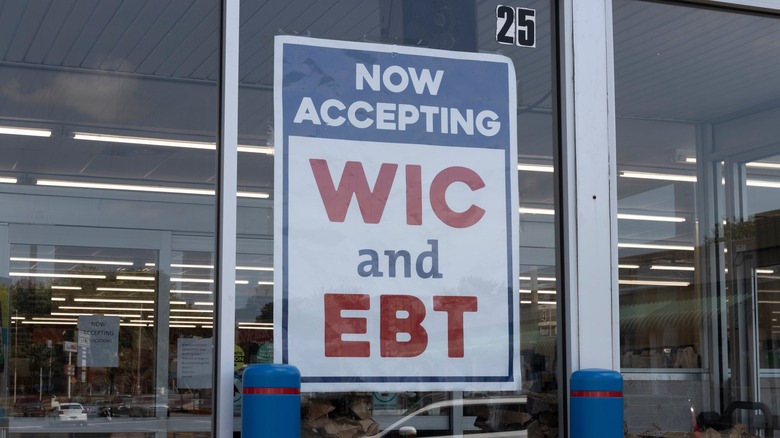Study Says Over 44 Million Families Faced Food Insecurity In 2022
In case there was any confusion, things are bad right now. According to a sobering new report from the USDA, 44.2 million people faced food insecurity in 2022, up from an already staggering 33.8 million in 2021. That's a 45% increase, and these figures paint a damning portrait of the socioeconomic state of contemporary America. For millions of U.S. households last year, just having food on the table regularly was a big "maybe." Nearly 7 million people reported having to skip meals or even go an entire day without eating (at least once). Nutrition is another matter entirely. Nearly all of these 7 million folks said that they couldn't afford to eat balanced meals, which could lead to major health consequences.
Many experts theorize that this shocking problem is linked to the repeal or expiration of COVID-19-related federal assistance programs, which have stopped supporting communities even as the economic landscape remains treacherous. Earlier this year in March, the federal government substantially reduced aid from the Supplemental Nutrition Assistance Program (SNAP), affecting an estimated 16 million Americans. That assistance dropped to a meager $6 per day.
Per the new USDA report, 13 million of the Americans who regularly faced food insecurity in 2022 were children. In June 2022, Congress allowed a pandemic-related waiver to the National School Lunch Program to expire, and schools nationwide stopped serving free lunches to all students unless they could prove that they needed aid.
Federal aid programs are stopping while economic conditions have yet to improve
The national unemployment rate may have been approaching a 50-year low in March, but statistics can be deceiving. More Americans are working in the unstable gig economy, "freelancing" in ride-share services, grocery delivery, or TaskRabbit. On-demand services like these provide shaky employment for some, but they also serve to further illustrate wealth disparity in the U.S. Two weeks ago, Culinary Union Members took to the Las Vegas strip to picket for a livable wage so that "one job is enough to provide for their families," per ABC News.
Considering persistently high grocery inflation is meeting cuts to the food stamp program, it's no wonder that people are struggling. As of June 2023, grocery costs are up 6.7% from 2022, reports the Bureau of Labor Statistics. The same gallon of gas that cost $2.63 in 2019 now costs $3.99 in 2023. Average monthly mortgage payments rose from $1,546 to $1,822 over the same period.
More than ever, the importance of protecting safety-net programs becomes clear — like WIC, which relies on Congressional funding to operate and has recently been facing budget threats at the federal level. Food banks nationwide are also approaching scary territory as supply dwindles and demand soars. It's been a problem for over a year now, and instead of abating, it may be mounting.
Food insecurity affects all aspects of day to day life — what will be done?
Not being able to afford food may reflect a broader state of crisis. From April to May 2023, eviction rates for food-stamp recipients hit 40%. Others who got to keep their homes have been making dangerous and desperate trade-offs, delaying other bills so they still have enough to eat and make rent. According to a recent study by the Greater Boston Food Bank, 33% of Boston households were food insecure in 2022. Some local families have even had to water down baby formula.
The U.S. Census Bureau found that 26.5 million Americans reported sometimes or often not having enough to eat between June 7 and June 19. That's a 12% increase from June 2021. The figures are in, and things are getting tougher out here, not easier. Yet, the federal government continues to roll back aid programs associated with COVID-19, which hit hard in 2020. Clearly, the underlying issue isn't a disease-related pandemic. These calamitous food insecurity figures are symptomatic of a greater shortcoming of a failing system. How has one of the leading countries in the modern world been allowed a situation where many people literally cannot afford to eat?


